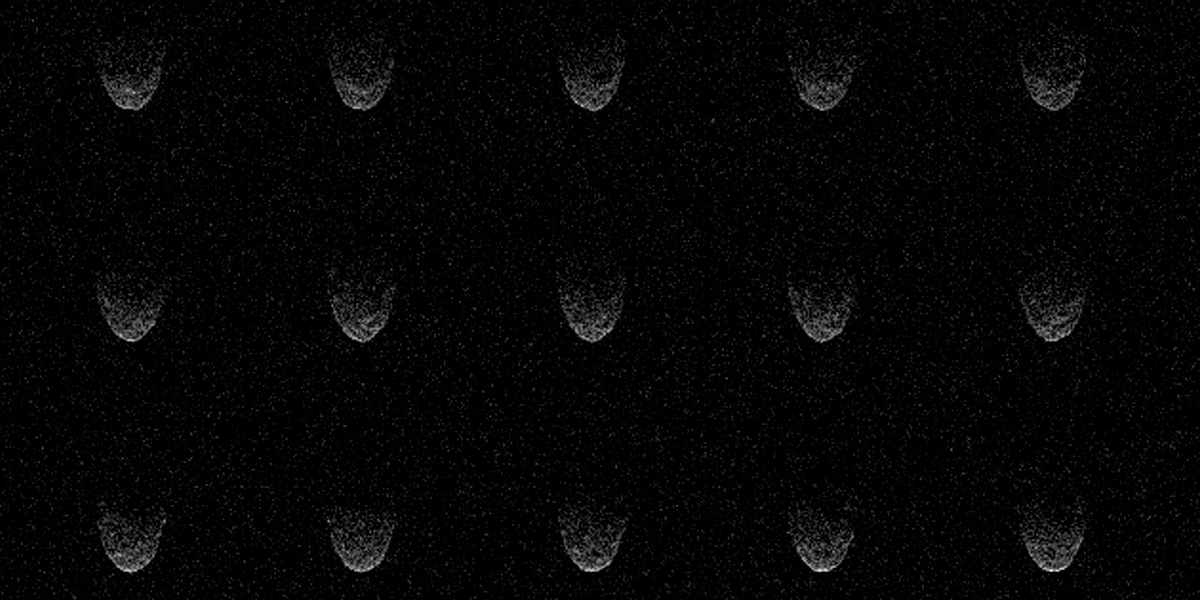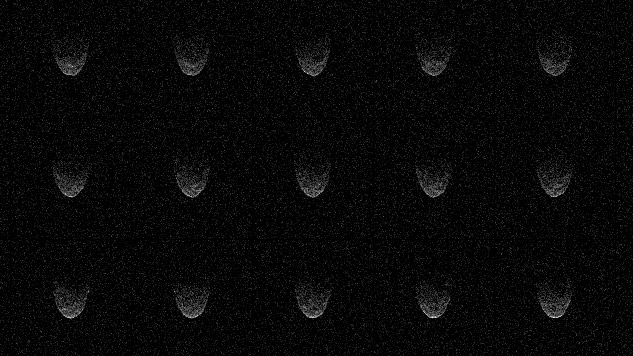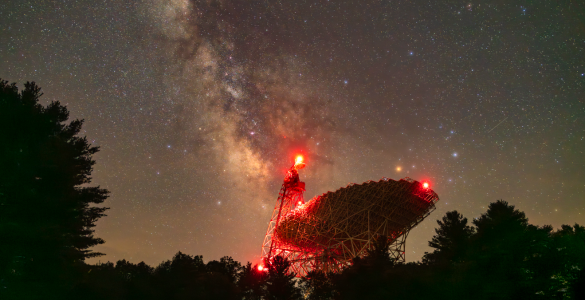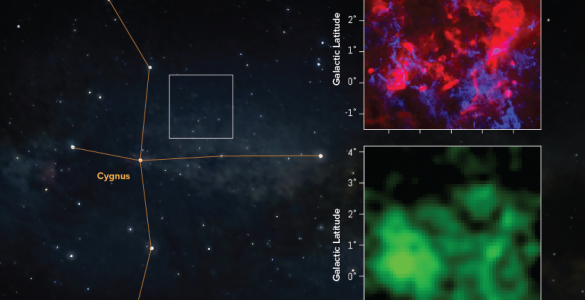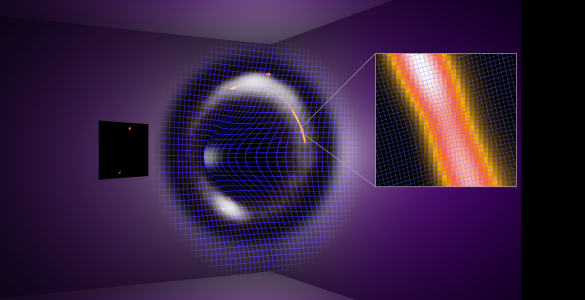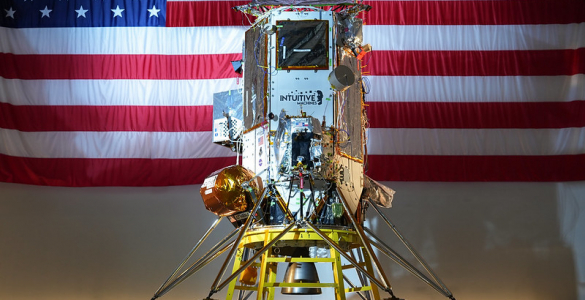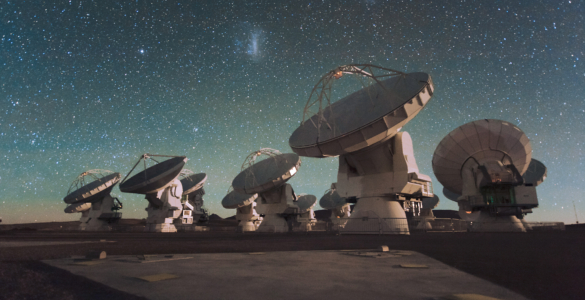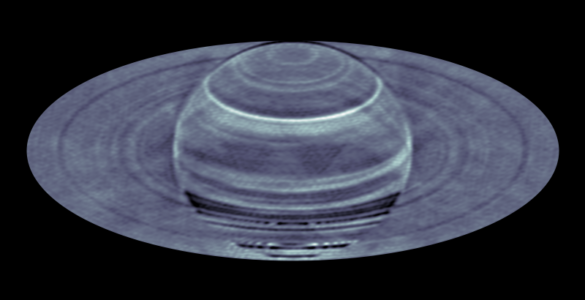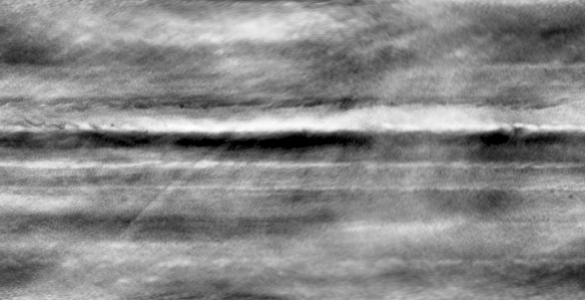Topics in This Issue:
The GBT and Arecibo combine to make radar images of a rapidly fleeing asteroid.
The GBT successfully linked with a network of millimeter-wavelength telescopes, giving a powerful boost to an observatory known as the Global Millimeter VLBI Array.
1. Green Bank Telescopes Makes Arecibo Connection to Image Asteroid
Like a pinch-hitter driving in the game-winning run, the National Science Foundation’s Green Bank Telescope (GBT) stepped up to the plate to help astronomers at the Arecibo Observatory study and image a rapidly fleeing asteroid before it sailed beyond view. The tag-team observation was accomplished with Arecibo’s powerful transmitter first sending radar pulses at the asteroid known as 2006 SX 217 and the Green Bank Telescope’s sensitive receivers later capturing the echo.
Based on previous observations in 2006, astronomers calculated that for four days (April 20-24, 2014) the asteroid would be close enough to Earth for Arecibo to conduct radar observations. Radar studies, in this case, were essential since the asteroid was headed away from Earth into the glare of the Sun, blinding optical telescopes.
This observing technique, known as bi-static radar, has been used successfully to study other asteroids, the inner planets, Earth’s Moon and other moons in our Solar System.
Due to a minor technical glitch, however, the needed receiver on Arecibo was unavailable during the crucial time when conditions at the telescope would have been ideal. Fortunately, the GBT, which is the world’s largest fully steerable radio telescope, was available to step in on April 23 to receive the echoes from the signal beamed by Arecibo.
At the time of the observations, the asteroid was 4.8 million kilometers (3 million miles) from Earth, which is more than ten times the distance from the Earth to the Moon. The team’s initial observations showed that the object is unusually dark and may be as large as 1200 meters (4000 feet) in diameter, which is larger than previous estimates. “This asteroid is really big and its surface is probably about as black as the toner in a copier,” said Ellen Howell, an astronomer at the Arecibo Observatory who led the observation. “It’s also slowly rotating, with one side moving toward Earth and the other away.”
Because the asteroid is spinning, astronomer can study how the radar signal is spread out and then — after careful analysis — construct a 3D model of it. Since 2006 SX 217 won’t be in range again until 2066, this observation was a very high priority.
The observing team at Arecibo thanks GBT Director Karen O’Neil and National Radio Astronomy Observatory astronomer Frank Ghigo.
2. Global Telescope Array Links Successfully with GBT
For the first time, the National Science Foundation’s Green Bank Telescope (GBT) was successfully linked with a network of millimeter-wavelength telescopes, giving a powerful boost to an observatory known as the Global Millimeter VLBI Array. (VLBI stands for Very Long Baseline Interferometry, a technique that allows many widely spaced radio antennas to function as a single telescope.)
An international team of astronomers used this supercharged array to peer into the center of the giant elliptical galaxy M87, which is famous among astronomers for its prominent jet of energetic particles that stream away from its central black hole.
The 100-meter GBT is the world’s largest fully steerable radio telescope and the largest single-dish telescope capable of millimeter-wavelength observations. It joined in this international observation to help test two theories of how black holes accelerate material into jets. If the results reveal a change in shape near the base of the jets, from parabolic to conical, then it’s believed that they are powered by two separate forces: the magnetic field in the accretion disk and the centrifugal force of the material in the accretion disk. If the shape of the jets is more uniform, then the particles are likely accelerated by the high pressure the material experiences when it falls into the black hole.
The Global Millimeter VLBI Array normally consists of 13 stations spread across the globe from the United States (including the NRAO’s Very Long Baseline Array), to six stations located in Europe. The GBT provides seven times the signal of the next biggest participating telescope. During its inaugural observation, the GBT was selected as the reference antenna because it provided the best and most stable signal. “The addition of the GBT to the GMVA will allow scientists from all around the world to study weaker objects and image material closer to black holes in the center of galaxies,” said NRAO astronomer Toney Minter.
—-
The National Radio Astronomy Observatory is a facility of the National Science Foundation, operated under cooperative agreement by Associated Universities, Inc.
Contact:
Charles E. Blue
434-296-0314; cblue@nrao.edu







